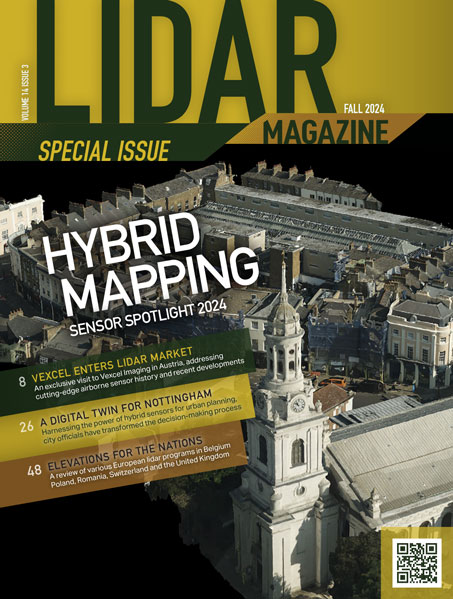ASPRS has released a second draft of the Guidelines for Procurement of Commercial Geospatial Mapping Products. The material is updated from the April 2011 version. The document is considered DRAFT FOR REVIEW and is being published at this time to encourage wide dissemination and comment.
A draft copy of the Guidelines for Procurement of Commercial Geospatial Products is available online at: http://www.asprs.org/a/society/divisions/ppd/products/CGPG_public_review_draft_2.doc. Interested parties are encouraged to submit comments by email to Product_Guidelines@asprs.org no later than February 20, 2012. The current plan is to review all comments and finalize the document for ASPRS Board approval at its March 23, 2012 meeting.
The Guidelines were prepared by a working committee within the ASPRS Professional Practice Division. Chaired by Charles Mondello of Pictometry International Corp., the committee includes representation from the commercial sector, state, and federal government. The intent of the Guidelines is to provide clarification on what constitutes a commercial geospatial mapping product and how procurement of products is differentiated from procurement of professional services.
In fall 2009, ASPRS adopted the Guidelines for Procurement of Professional Aerial Imagery, Photogrammetry, Lidar and Related Remote Sensor-based Geospatial Mapping Services, which provides recommendations on the methodology of procuring professional services. This document updated procurement guidelines that were first adopted in 1986.
The need for differentiating best practices for the procurement of professional services, technical services, and commercial geospatial products has led to the ongoing efforts in guideline development. Once approved by the ASPRS Board, these Guidelines will be paired with the 2009 Professional Services Guidelines to form a complete package of procurement guidelines for the industry.
Founded in 1934, ASPRS is an international professional organization of 6,000 geospatial data professionals. ASPRS is devoted to advancing knowledge and improving understanding of the mapping sciences to promote responsible application of photogrammetry, remote sensing, geographic information systems and supporting technologies.
